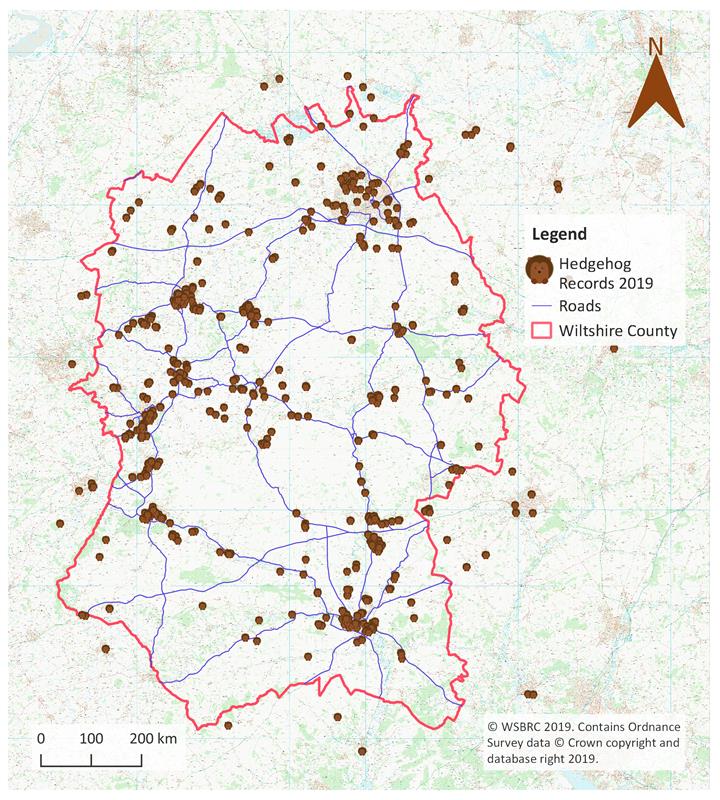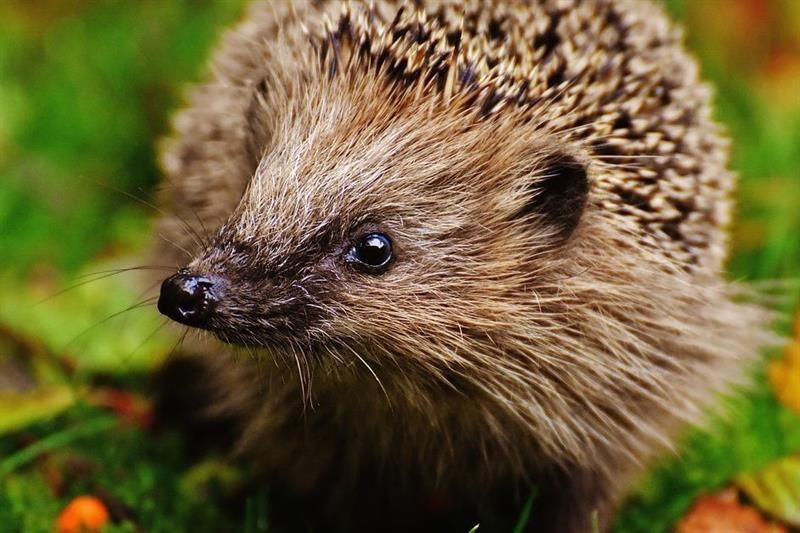Wiltshire’s residents recorded 2,131 sightings of hedgehogs last year, according to a new report released on 21st February by the Wiltshire Wildlife Trust.
The Trust asked people to record their sightings of the spiny critters between July and November 2019 as part of its Hedgehog Heroes campaign, which encourages people to become citizen scientists to help the Trust gain a better understanding of the size and health of Wiltshire’s hedgehog population.
Wiltshire Wildlife Trust’s vision is to create a sustainable future for wildlife and people. They are unique in the county in combining the management of 40 nature reserves and working with local communities to promote sustainable living.
Hedgehogs are in dramatic decline across the UK, with recent studies showing that hedgehog populations have almost halved in the past two decades. Experts estimate that there are now fewer than one million hedgehogs left in the country, down from around 30 million in the 1950s.
The Hedgehog Heroes campaign report includes a map (credit WSBRC) showing where hedgehogs were spotted as part of the campaign, with most sightings occurring in urban areas where the majority of the almost 2,500 citizen scientists are based. Outside of these areas, high numbers of hedgehogs were also seen on or near major roads.

The report also sets out the reasons behind the long-term decline in hedgehog numbers, explaining why they are an important part of the ecosystem and what can be done to help their populations recover.
Simon Sanghera, co-author of the report and manager of the Wiltshire & Swindon Biological Records Centre, which is analysing the data from the campaign, said:
“Citizen science is not only really popular but is also a vital part of scientific research – with the ever-increasing rate of human influenced environmental disturbance and climate change, it’s essential for us to monitor and understand what’s happening to the wildlife around us.
“Hedgehogs are an important indicator species, telling us the extent to which the natural environment is in a state of good health. The successful movement of hedgehogs across the landscape, for example, can indicate good connectivity between green spaces.
“We’re thrilled with the response to this hedgehog citizen science campaign, and the resulting data gives us a better understanding of where hedgehogs live, feed, and breed across the county.”
Louise Ruddell, co-author of the report and fundraising executive for the trust, said:
“The response to our Hedgehog Hero campaign from the people of Wiltshire has been fantastic, and alongside recorded sightings, we’ve received a flurry of photos, videos, and stories of hedgehogs in and around where people live.
“The data in this report will help direct our hedgehog conservation efforts and give us a better understanding of how we can protect this iconic species for the future. For example, we will be looking to take action to reduce the number of hedgehog casualties caused by traffic on major roads across the county.
“We’d like to say a huge thank-you to everyone who has participated so far in what is such an important project. We’ll be reopening the call for citizen scientists to record their hedgehog sightings in the summer, so there’s still plenty of time to get involved!”
To find out more about the campaign and how you can get involved in recording your hedgehog sightings this year, visit www.wiltshirewildlife.org/hedgehog
For more information about the Trust please visit www.wiltshirewildlife.org
Contact: Chris Noyce | communications manager | T: 01380 736093 | E: chrisn@wiltshirewildlife.org
